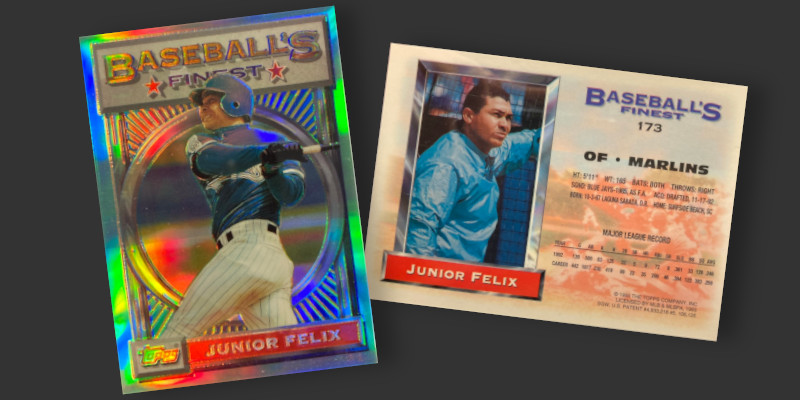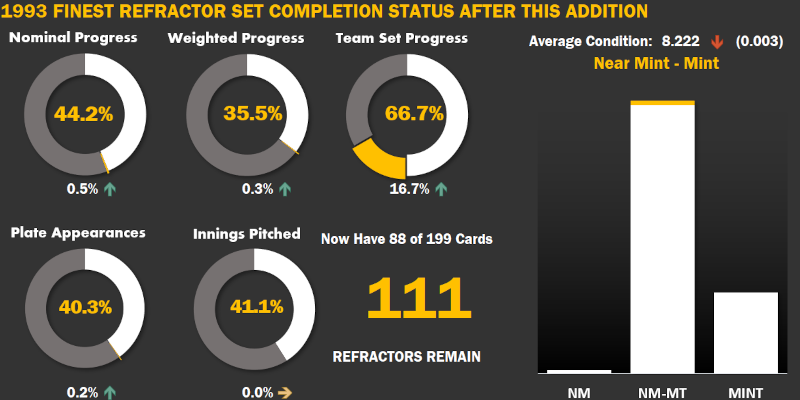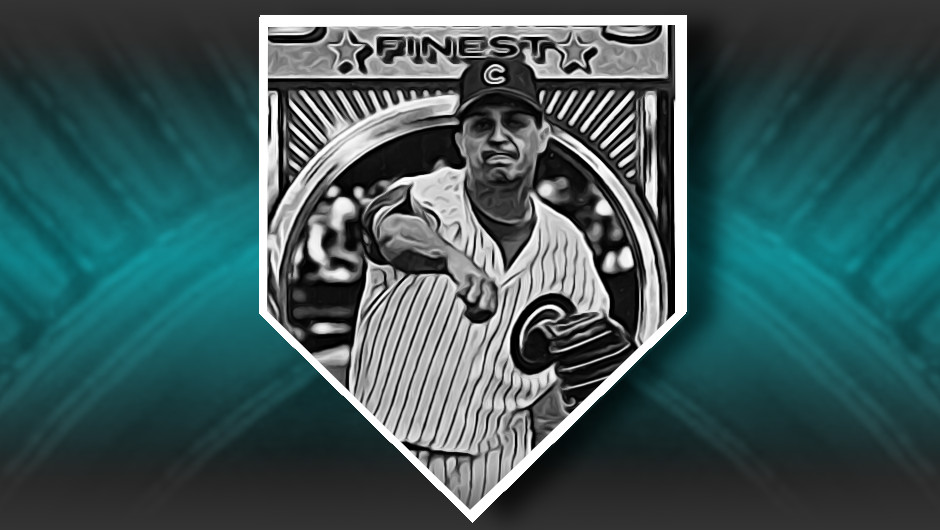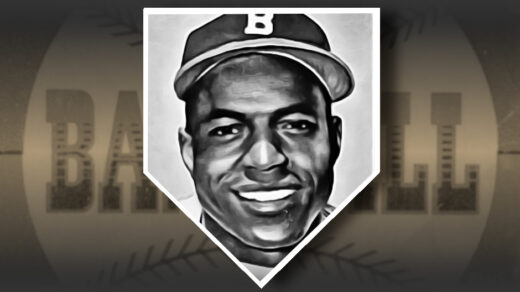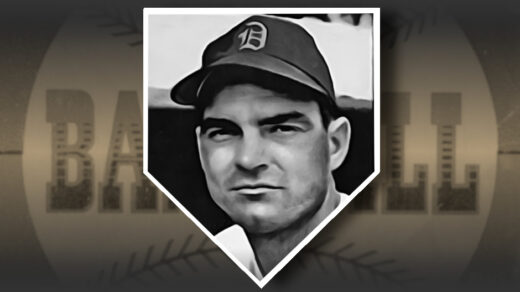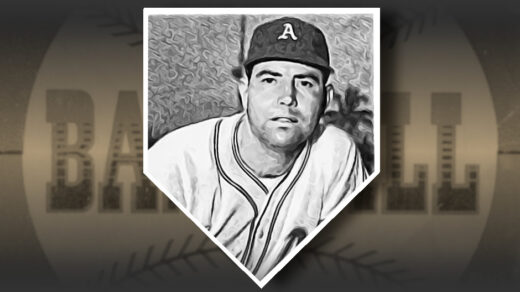I was astonished to see that more than 200 inside-the-park grand slams have been hit in MLB history. This makes sense in the early days of the sport, a time period in which outfield fences were optional and “inside the park” was a relative term. However, MLB has still averaged almost one bases clearing inside the park homer ever season since WW2.
Think about all that has to go just right for an inside-the-park grand slam. The ball has to be put in play, hit hard enough to give it good velocity while not being hit so hard that it clears the outfield wall. Fielders have to be slow enough not to get to the ball and the ball has to continue having enough movement to evade multiple players trying to grab it. The bases need to be full in advance of all of this, something that is harder to do than it sounds as even a lowly single can move existing runners up by multiple bases. Loaded bases give multiple opportunities for someone to be forced or tagged out. The guy hitting the home run has to have enough speed to round the bases, but the presence of slower runners anywhere ahead can clog the path and prevent his getting to home plate. Fielding errors can cut the feat short, awarding a triple in the box score even if the batter overcomes all these challenges to make it home. No hitters are 50% more common in baseball history than inside the park grand slams. The last time one was seen in an MLB game was six years ago in 2017.
Junior Felix accomplished the feat in a 1989 game against the Boston Red Sox. In the top of the 9th, his Toronto Blue Jays were leading by a score of 3-2. Fred McGriff opened up the inning with a double, followed by a walk to Ernie Whitt. The runners advanced and Lance Mulliniks reached first on an error. Felix hit a ball over the head of Ellis Burks and off the wall in center field. The bounce caused Burks to spend extra time chasing down the ball, allowing all four runners to score.
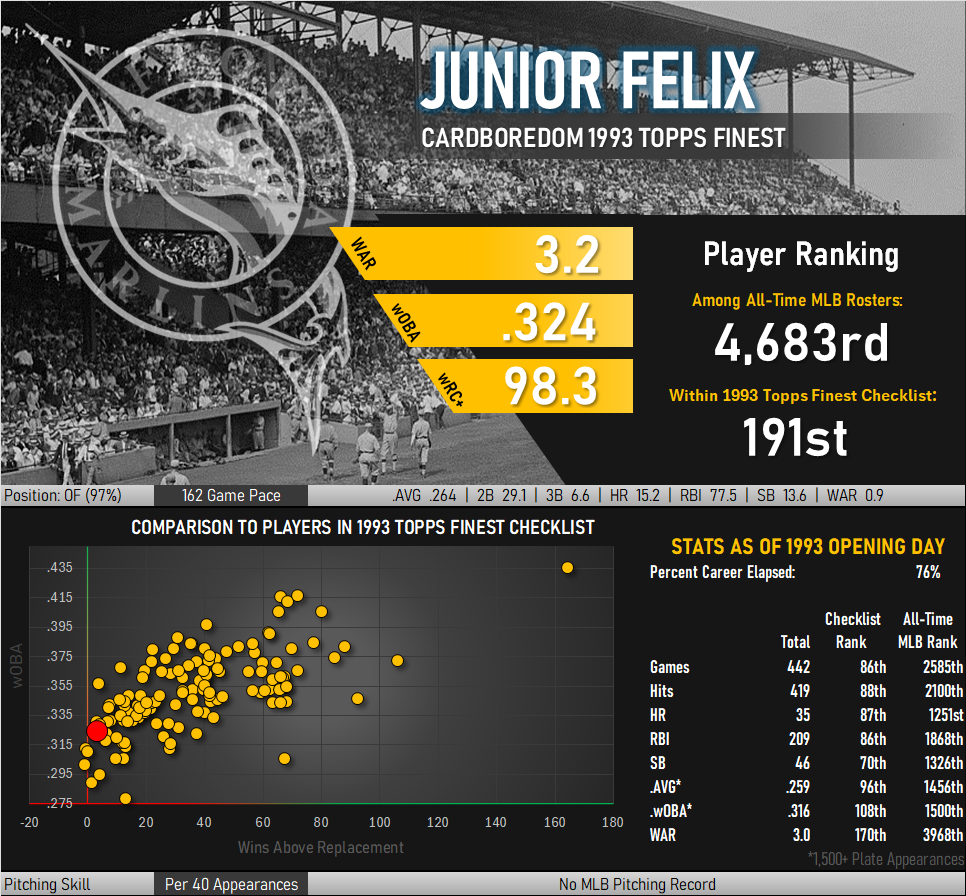
Despite this amazing highlight, Junior Felix inhabited the no-man’s land of being too good for AAA minor leagues but not quite cut out for an extended MLB career. There were questions about his age after reports of his hair graying at age 24 [In his defense, nobody seemed to question Duke Snider’s age when he began to gray in his mid-20s]. Often described as a loner, his relationship with the media wasn’t very good and reporters seized on the age question. The Chicago Tribune speculated he could be as much as 10 years older than he claimed in an article published the same year as his refractor debut.
No MLB clubs signed him after brief stints with the Marlins and Tigers, so he continued playing in Korea and Mexico through 2001. Perhaps age didn’t matter, as Felix posted identical batting averages of .264 throughout his MLB and KBO careers.
1993 Refractor
This card is sometimes regarded as a short print, though I see no evidence of such in its availability or distribution. This belief in relative scarcity is likely the result of Felix being one of the lesser known names in a star studded set and subsequently having fewer graded examples for set collectors to chase.
